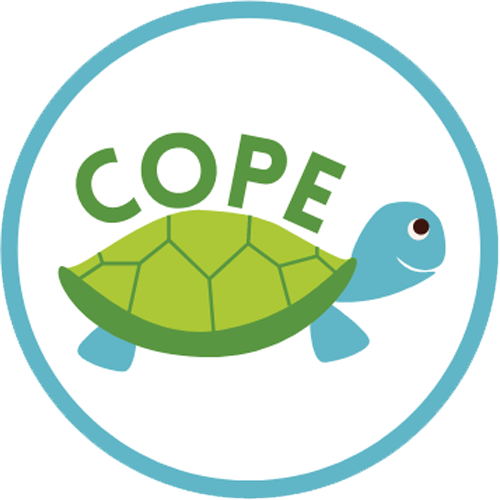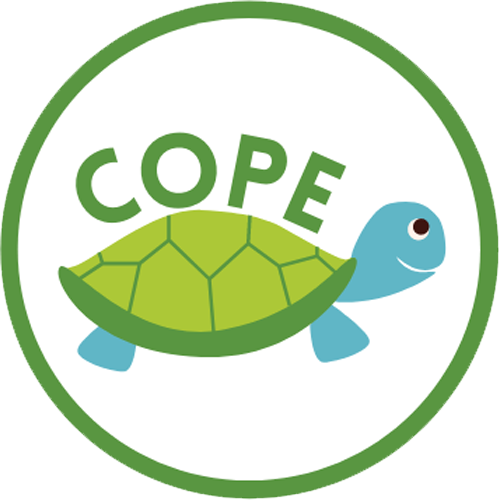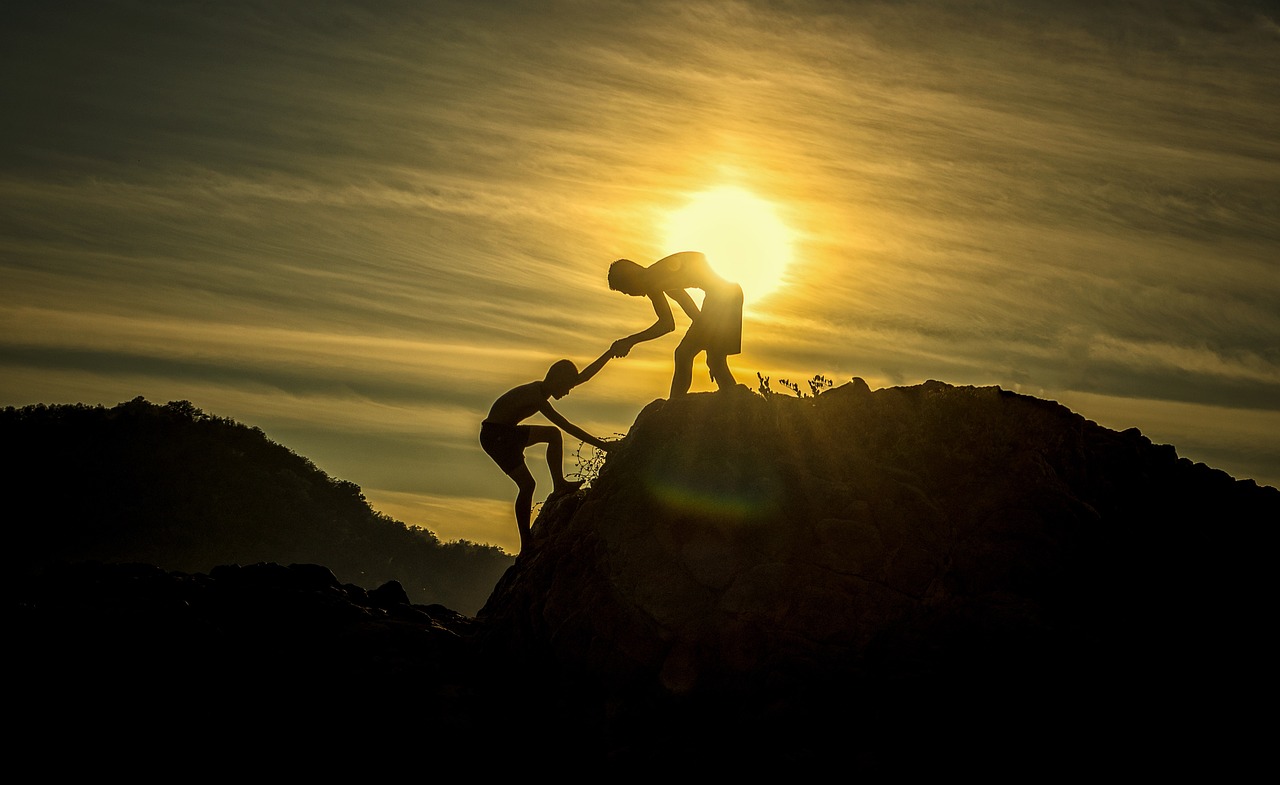We have been writing and talking about individual resilience a lot. But we should not forget that we live in social groups – family, work team, communities. These are social groups that have intelligence, culture and resilience, among others, of their own, on top of the individual resilience of every person in the group.
Family resilience is defined as: “capacity of the family, as a functional system, to withstand and rebound from stressful life challenges – emerging strengthened and more resourceful’’ (Walsh, 1996; 2003; 2016). Walsh (2003, 2016) summarized 9 processes that help families be more resilient. These processes are a combination of some more individual processes, like: Making sense of adversity; Having a positive outlook; Spirituality and transcendence; Flexibility. On top of these come processes, which are related to the interconnection between the family members, like: Connectedness; Clarity (providing one another with information and consistent messages); Sharing emotions openly; Solving problems collaboratively. The last process is neither individual, nor within the family, but is about how the family reaches out of its circle to mobilize economic and social resources – e.g seeking support from the community at large.
Organizational resilience is the organizational culture, which helps the organization rebound from or recover from adverse situations and challenges. Boston Consulting Group Fellow Dr. George Stalk, Jr. argues that at the heart of it are optimism and perceived self-efficacy. (Everly, 2011). The culture of organizational resilience is based on role-modelling behaviours. Even a few credible and high-profile individuals in a company demonstrating resilient behaviours may make a big difference in terms of organizational resilience by encouraging others. (Everly, 2011).
Community resilience was defined by Magis (2010, p. 401) as “existence, development and engagement of community resources by community members to thrive in an environment characterized by change, uncertainty, unpredictability, and surprise.” It is based on the resilience of the individuals in the community, but also requires processes, which “underpin resilience-promoting factors” (Buikstra et al., 2010) and depends on the “social system’s capacity to unite and collaborate toward a shared goal or objective” (Berkes & Ross, 2013).
In other words, these are all cases, in which 2+2>4 or the group resilience is more than just the average of the individual resilience of the members of the group. Being part of a resilient organization will have both a positive effect on the individual resilience of its members, but also will pose less stress and challenges on them.
For more information or for trainings/workshops for improving organizational resilience, contact your local project partner.




Comments are closed